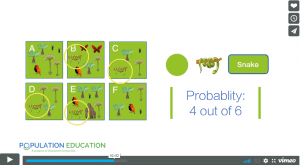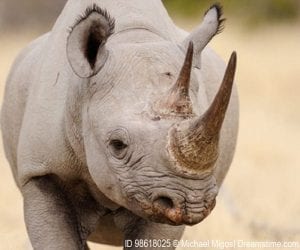Not all parts of tropical rainforests are created ecologically equal – the amount and type of tropical rainforest biodiversity varies depending on the rainforest layer.
Four Layers of Tropical Rainforest
There are four layers in the rainforest. From top to bottom, rainforest layers are: the emergent layer, canopy, understory, and forest floor. At each layer, there are different abiotic factors, or non-living qualities, that shape the ecosystem and impact the wildlife that can live there. Some examples of these include the amount of sunlight, wind, humidity, and temperature.
In this post, we’ll dive into the abiotic factors of the tropical rainforest layers, explore the biodiversity of wildlife that live in each rainforest layer, and highlight the species characteristics that allow for survival.
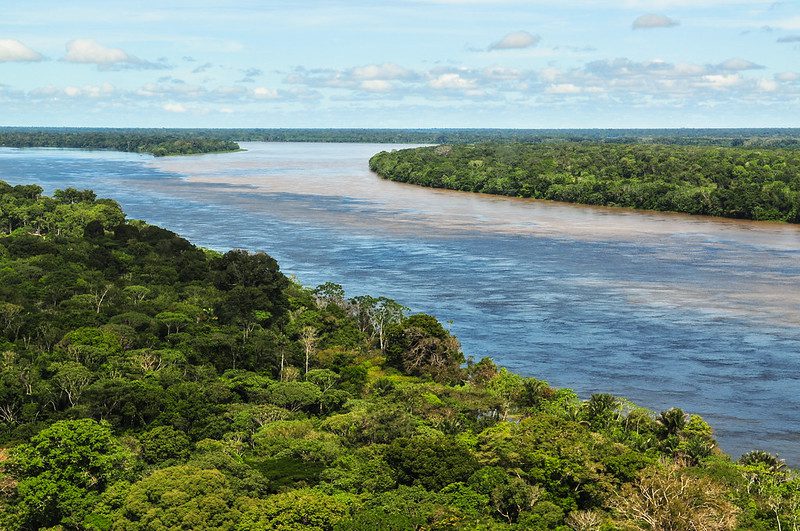
The Emergent Layer
The emergent, or top layer of the rainforest gets the most direct sunlight and also has to withstand extreme wind, temperatures, and weather. Biodiversity in the emergent layer is lower than some of the other layers of the rainforest because of these harsh conditions. The branches at the emergent layer can reach 200 feet or more and they produce waxy leaves to keep in moisture.
Animals in the Emergent Layer of the Rainforest
Many animals found in the emergent layer have the ability to fly, like the harpy eagle and morpho butterfly. Harpy eagles have wingspans as wide as 6.5 feet and hunt on many species in the layer below. The morpho butterfly is found in the emergent layer during mating season, but it spends most of its short life, approximately 115 days, on the forest floor.
Canopy of the Rainforest
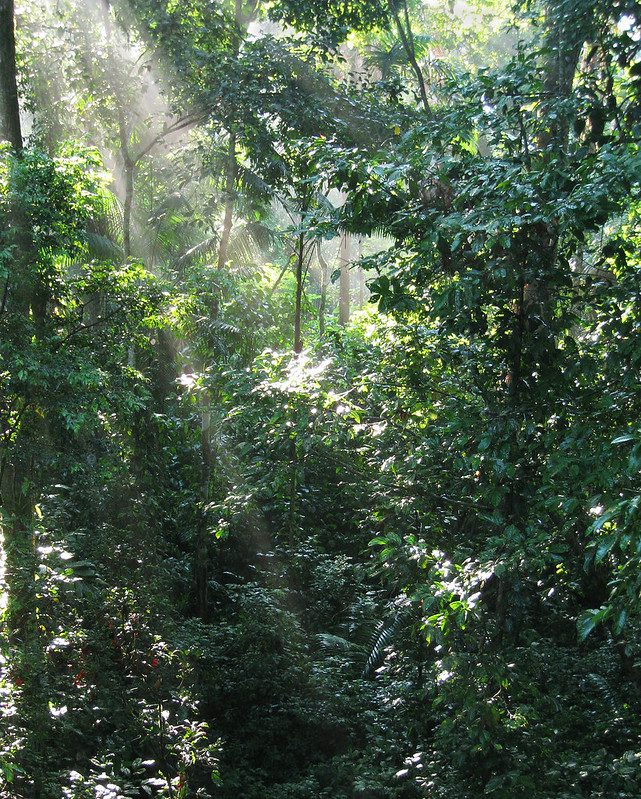 The canopy is the next layer down in the rainforest and is extremely biodiverse. An estimated 70-90% of all rainforest species live in the rainforest canopy, making it the most biodiverse part of the rainforest. Because the canopy receives a lot of sunlight, it is full of vegetation which helps block sunlight and wind for the animals that live below. This plant life creates a hospitable environment for animals because there is plenty of food and shelter.
The canopy is the next layer down in the rainforest and is extremely biodiverse. An estimated 70-90% of all rainforest species live in the rainforest canopy, making it the most biodiverse part of the rainforest. Because the canopy receives a lot of sunlight, it is full of vegetation which helps block sunlight and wind for the animals that live below. This plant life creates a hospitable environment for animals because there is plenty of food and shelter.
Canopy Layer Animals
Slow moving sloths can be found sleeping up to 20 hours a day and the algae growing on their fur helps them stay hidden in canopy. Red howler monkeys tend to live in small areas and this is possible because they can feed on the abundance of plants, fruit, and flowers nearby. Life in the canopy layer has been a bit of an unknown historically because of the difficulty accessing and seeing inside the dense vegetation. Recently, a NASA laser, the GEDI, is helping uncover more about this layer and the rich biodiversity that lives there.
Rainforest Understory
The next layer in the tropical rainforest is the understory, which is diverse in plant life and consists of younger and short trees, shrubs, and softer plants. This layer only receives about 5-10% of sunlight. Because of the low light, plants have developed several adaptations to survive including having larger leaves, and a red pigment, anthocyanin, that helps catch more rays of sunlight.
Animals of the Understory Layer
The understory is hot and humid which makes it a perfect place for frogs and amphibians to reside. Many of the species that live in the understory have also developed camouflage to deter predators. Some examples of species in this layer are leaf tailed geckos, the leaf-mimicking praying mantis, and the Vietnamese mossy frog.
The Rainforest Floor
The final layer of a tropical rainforest is the forest floor, which is dark, moist, and hot. There aren’t many plants on this layer because of the lack of sunlight, but it is the perfect place for decomposing insects, worms, and fungi to flourish.
Forest Floor Animals
Leafcutter ants are decomposers that are essential to the functioning of the rainforest ecosystem. They break down the leaf litter on the forest floor, which helps to fertilize the soil, allows sunlight to reach the ground, and prevents soil erosion. Mycorrhizal fungi in the soil help protect the biodiversity of the rainforest by providing nutrients to trees that are necessary for survival.
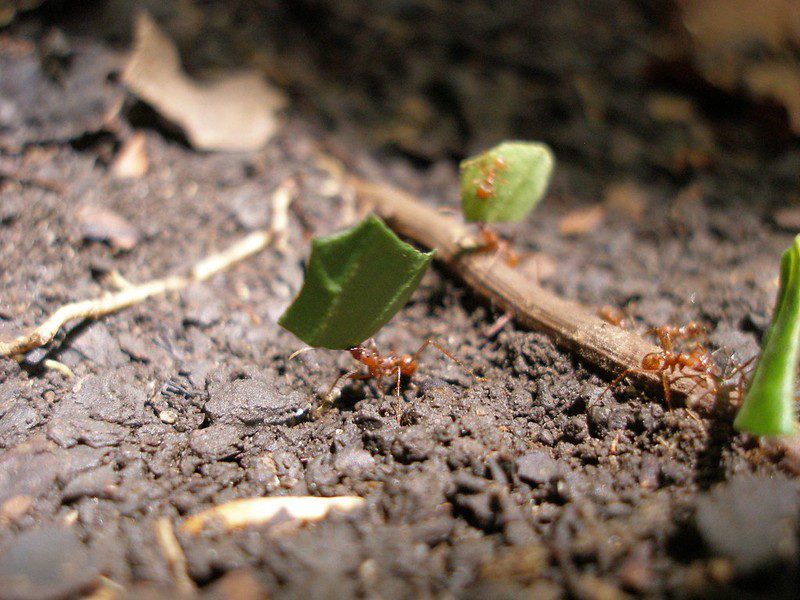
Threats to Tropical Rainforest Biodiversity
From the tallest branches to the depths of the soil, tropical rainforests host rich biodiversity like no other place on Earth. Consider the Amazon rainforest biodiversity – the Amazon is home to 10% of all wildlife on Earth, making it one of the most biodiverse places in the world. However, due to human pressures for agricultural land and timber, tropical rainforests are under threat. In 2022 there was a 10% increase in the loss of tropical rainforests, and because of this habitat alteration, over 10,000 species in the Amazon rainforest are at risk of extinction. Prioritizing protection of the world’s rainforest is the only way to maintain Earth’s biodiversity and is essential for future global sustainability plans.
Image credits: Amazon Rainforest (Aerial view of the Amazon Rainforest by CIFOR-ICRAF is licensed under CC BY-NC-ND 2.0); Canopy layer (Dawn in the Canopy by icelight is licensed under CC BY 2.0); Ant (Leafcutter Ants by contraption is licensed under CC BY 2.0)



